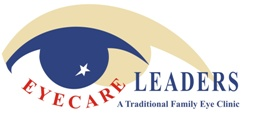It’s no secret that summer is a favorite season for many. The warmer months often bring along our favorite activities, like lounging by the pool, mingling with friends at a backyard BBQ, and traveling on that well-deserved summer vacation.
If you’re headed to the beach or mountains, you may want to consider polarized sunglasses as they can help reduce glare from reflective surfaces like water. Wraparound styles are also great for windy conditions, as they provide more coverage to protect the eyes from flying particles and dryness.
No matter where your summer adventures take you, we want to set you up with a new pair of summer sunglasses to style your own look. Not only do sunglasses add a stylish element to any outfit, they also protect your eyes from UV exposure, so you can fearlessly head into your summer plans without a worry.
Visit our practice to see how you can take advantage of some of the great deals we offer on prescription and non-prescription sunglasses.






